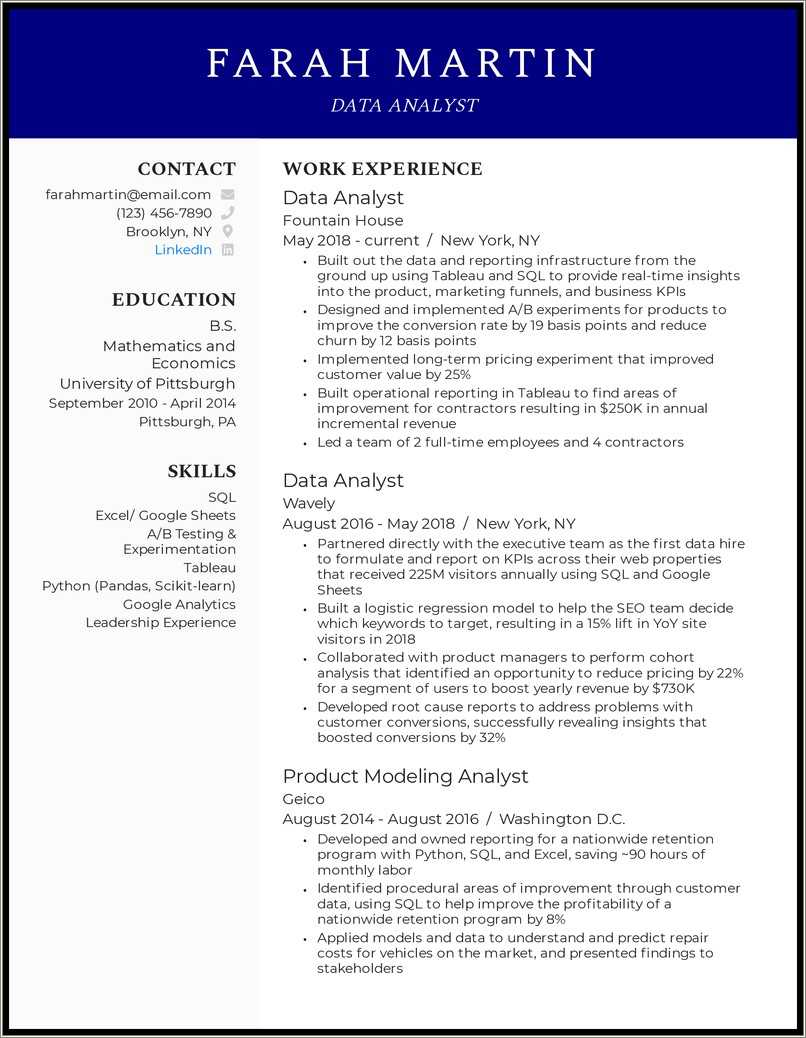

We can do that by specifying a couple of examples from the page for each column. In this example, we'll extract the Name and Price for each of the games on the page. Enter sample values of the data you want to extract. Select Add table using examples to provide examples.Īdd table using examples presents an interactive window where you can preview the content of the Web page. In the case shown in the image below, no tables were found.

When you select OK, you're taken to the Navigator dialog box where any autodetected tables from the Web page are presented. If you want to follow along, you can use the Microsoft Store URL that we use in this article: In this article, we'll use the Microsoft Store Web page, and show how this connector works. In From Web, enter the URL of the Web page from which you'd like to extract data. In the dialog box that appears, select Other from the categories in the left pane, and then select Web. Select Get data from the Home ribbon menu. Prices in graphics are for example purposes only. In this article, we'll use the Microsoft Store Web. With this solution you can extract all sorts of data from Web pages, including data found in tables and other non-table data. Select Get data from the Home ribbon menu. Power BI Desktop gathers other data on the page that match your examples. With the Get Data from Web by example feature, you can essentially show Power BI Desktop which data you want to extract by providing one or more examples within the connector dialog. Getting data from such pages can be challenging, even if the data is structured and consistent. Often however, data on Web pages aren't in tidy tables that are easy to extract. Depending on which datum (primary, secondary, or tertiary) you are setting up, this rule will guide you as to how many points, lines or areas are required to establish a Datum Reference Frame.Getting data from a web page lets users easily extract data from web pages, and import that data into Power BI Desktop. It is important to remember the 3-2-1 Rule with Datum Targets. The real world set up will need to mimic these requirements. The drawing will specify the requirements for locations, quantities, sizes, and orientations of the datum targets. A Datum Target Point dimensionally located including the Ø size in the upper half of the Datum Target Symbol.
#Datum example full#
Full outline dimensions for non-circular areas on the drawing.A circular, crosshatched area dimensionally located.Can be designated in the following ways:.
#Datum example simulator#

In the example shown in Figure 4. If there is no direct view, the point is dimensioned on two adjacent views. The definition of a datum feature will be dependent upon the functional performance of a particular component. Dimensionally located in a direct view of the surface.An X-shaped symbol, referred to as the datum target point symbol, that locates a single point of contact between the datum simulator and the part.If the line is dashed, then the target is on the “far” side of the drawing.ĭatum Target Points (Datum Target “A3” above) If the line is solid, the target is on the “near” side of the drawing.

Radial lines for datum targets are either solid or dashed. If the target is defining a target area, the size and shape of the area is defined in the upper half.ĭatum Target Radial Line – Datum Targets identified on a drawing by connecting the datum target symbol to the feature using radial lines. The upper half of the symbol is left blank if the target is a point or a line. The lower portion contains the letter associated with the datum it is defining followed by a sequential number (starting at 1) for each datum target. The symbol is defined by a circle divided horizontally in half. The Datum Target Symbol is used to define a specific point, line, or area to be used in order to establish a datum on a drawing.


 0 kommentar(er)
0 kommentar(er)
